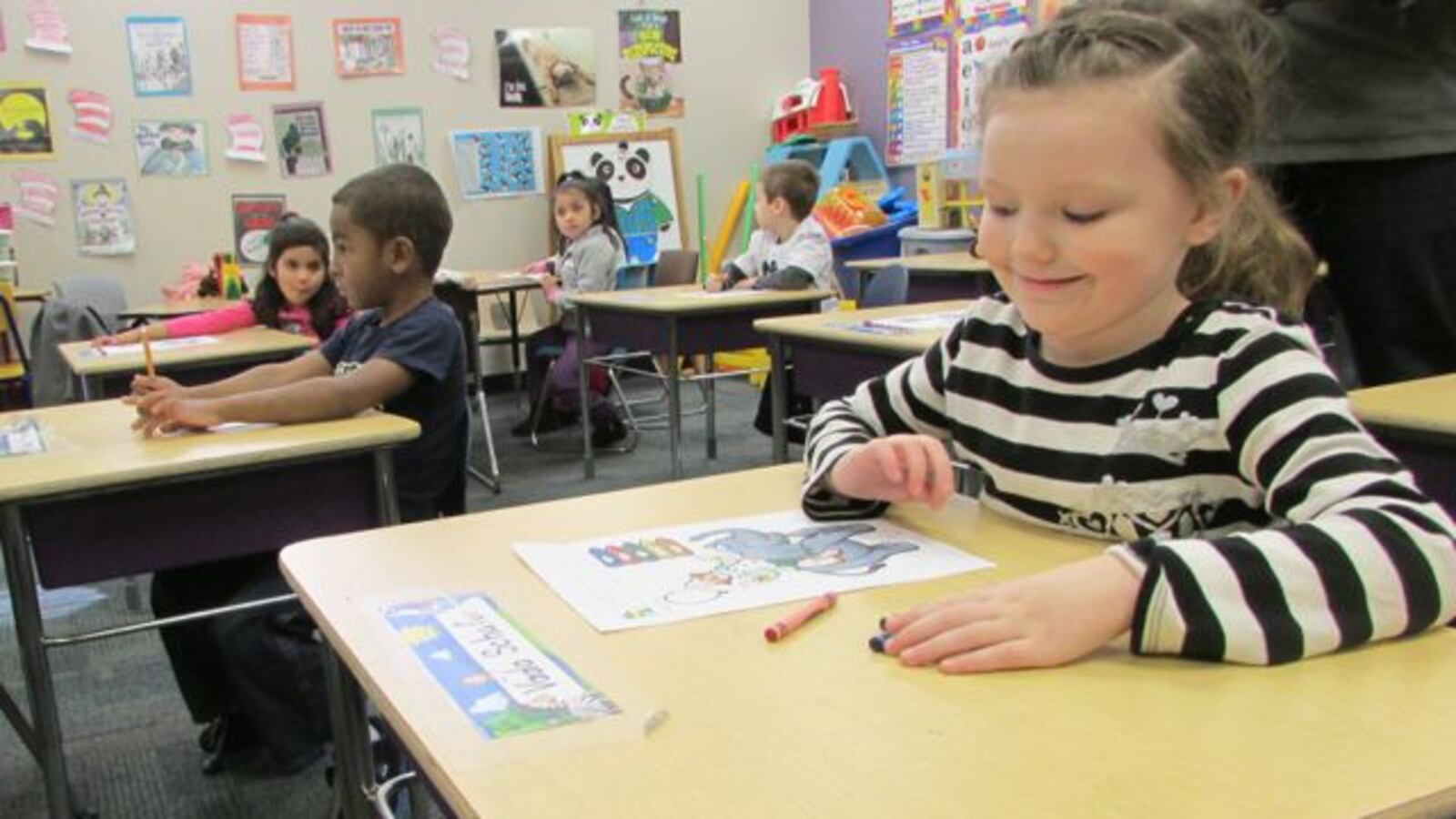Preschool aid for poor families proved wildly popular in the first-ever enrollment period for a new city-backed program: more than four times as many children applied than the 1,300 scholarships available.
“We could not be more pleased,” Deputy Mayor Jason Kloth said. “If you look at the success rate of these programs elsewhere, in the earlier years they tend to have lower participating rates.”
Not in Indianapolis.
A lottery will be used to select which of the 4,967 qualified applicants will receive up to $6,800 annually for children who attend full day preschool and at least $2,500 for half day programs. Families should hear next week.
Indianapolis Mayor Greg Ballard championed the five year, $40 million public-private aid program starting last summer and finally won funding from a divided city council, which approved an initial $4.2 million to pay for the first year in March.
The program struggled to garner political support despite intense business community lobbying and a $20 million commitment of private matching dollars from a group of companies led by Eli Lilly and Co.
The program aims to serve the poorest children first: those from families with annual income below $55,000 for a family of four. About 87 percent of applicants had income at or below that level. About 98 percent of applicants had annual income of $80,500 or less for a family of four.
Last summer, Ballard’s office estimated as many as 6,000 poor Indianapolis families would place their children in preschools if they had financial assistance. It nearly met its goal of 5,000 applicants.
“The application phase indicates overwhelming demand for this program,” Kloth said.
The program, which is open to poor families across Marion County, saw the most applicants coming from zip codes within Indianapolis Public Schools that the city deems “high need” because of the number of families in extreme poverty. About 1,200 applicants came from families that live in the poorest neighborhoods of IPS, which is expanding its preschool options, too.
Lawrence Township saw 638 applicants from high-need zip codes. Another 611 came from high-need zip codes in Perry, Decatur and Pike townships.
The city’s recruitment campaign was led by the United Way of Central Indiana and the Neighborhood Resource Center.
The United Way’s Christie Gillespie, vice president for community impact, said outreach included ads on billboard and radio but also community meetings and visits to community events, churches, barber shops, beauty salons and even door-to-door.
The city worked in conjunction with the new, smaller state pilot preschool program to jointly promote both options as ways for poor families to get assistance to pay for preschool.
The next step is to ensure there are enough preschools that qualify as “high quality” to enroll all the scholarship winners. To receive scholarships, preschools must be rated a 3 or 4 on a the state’s voluntary four-step rating system, which means they offer safe, healthy facilities with education programs.
As part of the city program, United Way is assisting preschools to earn high enough ratings to qualify to create more space for scholarship winners.
“A big part of the whole pool of money that was raised through the private sector, the intent was that we would increase the resources we have for capacity building,” Gillespie said. “That’s all about increasing seats at level 3 and level 4.”
Right now, United Way estimates the city is about 100 spaces short of enough room for all 1,300 scholarship winners to enroll in high-rated preschools — a gap they expect to close before children begin arriving in the fall.
“We feel pretty good about that,” Gillespie said. “Now are those seats in the high-need areas where they need to be? Those are moving targets we will be watching weekly.”

